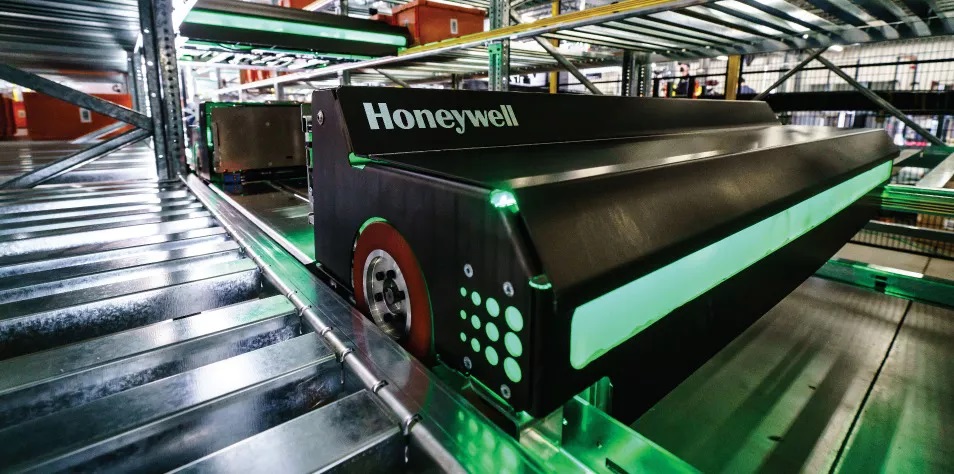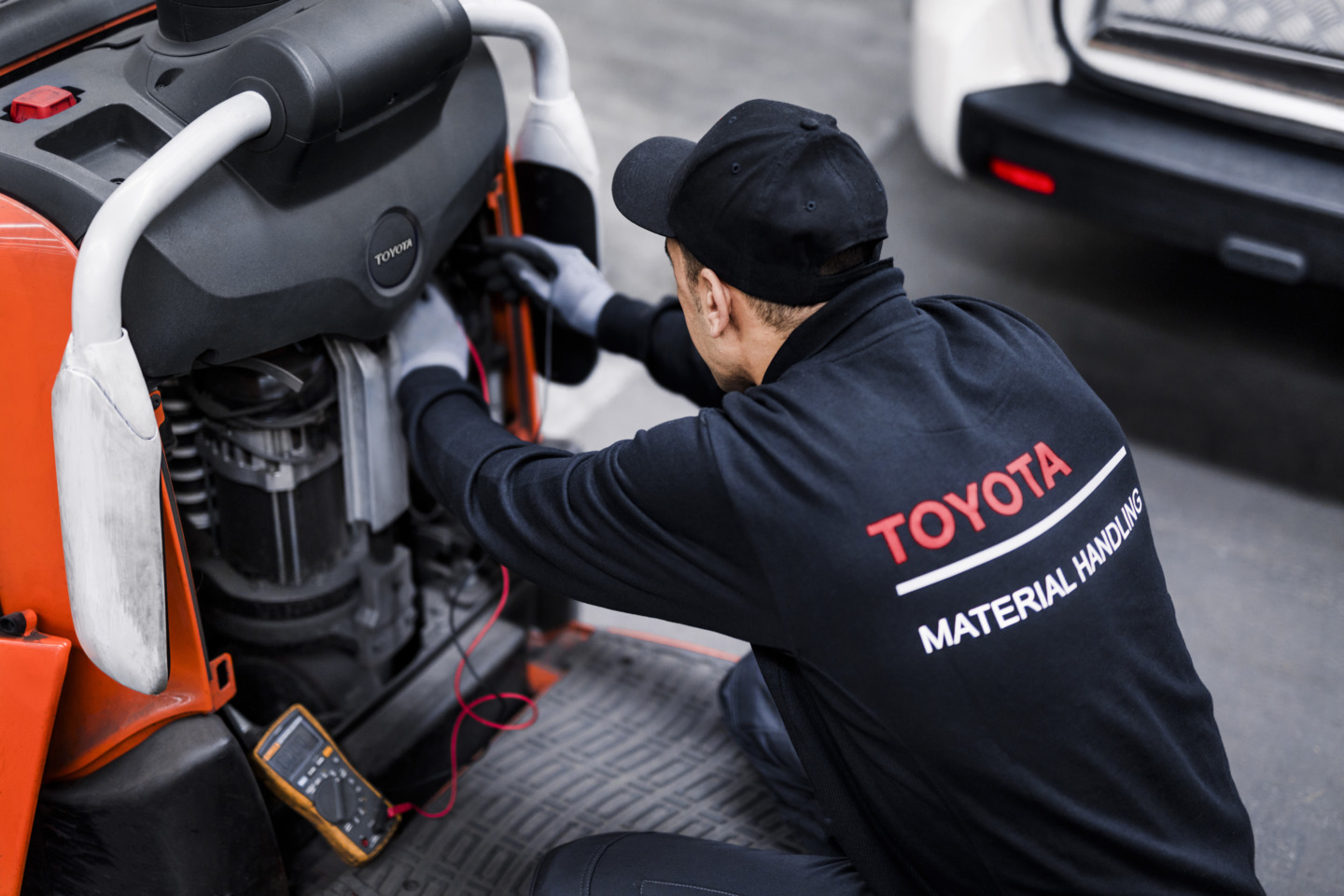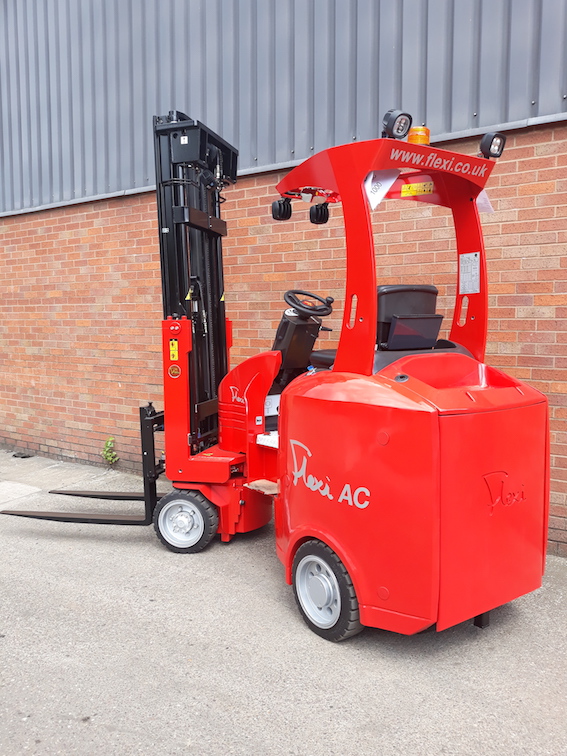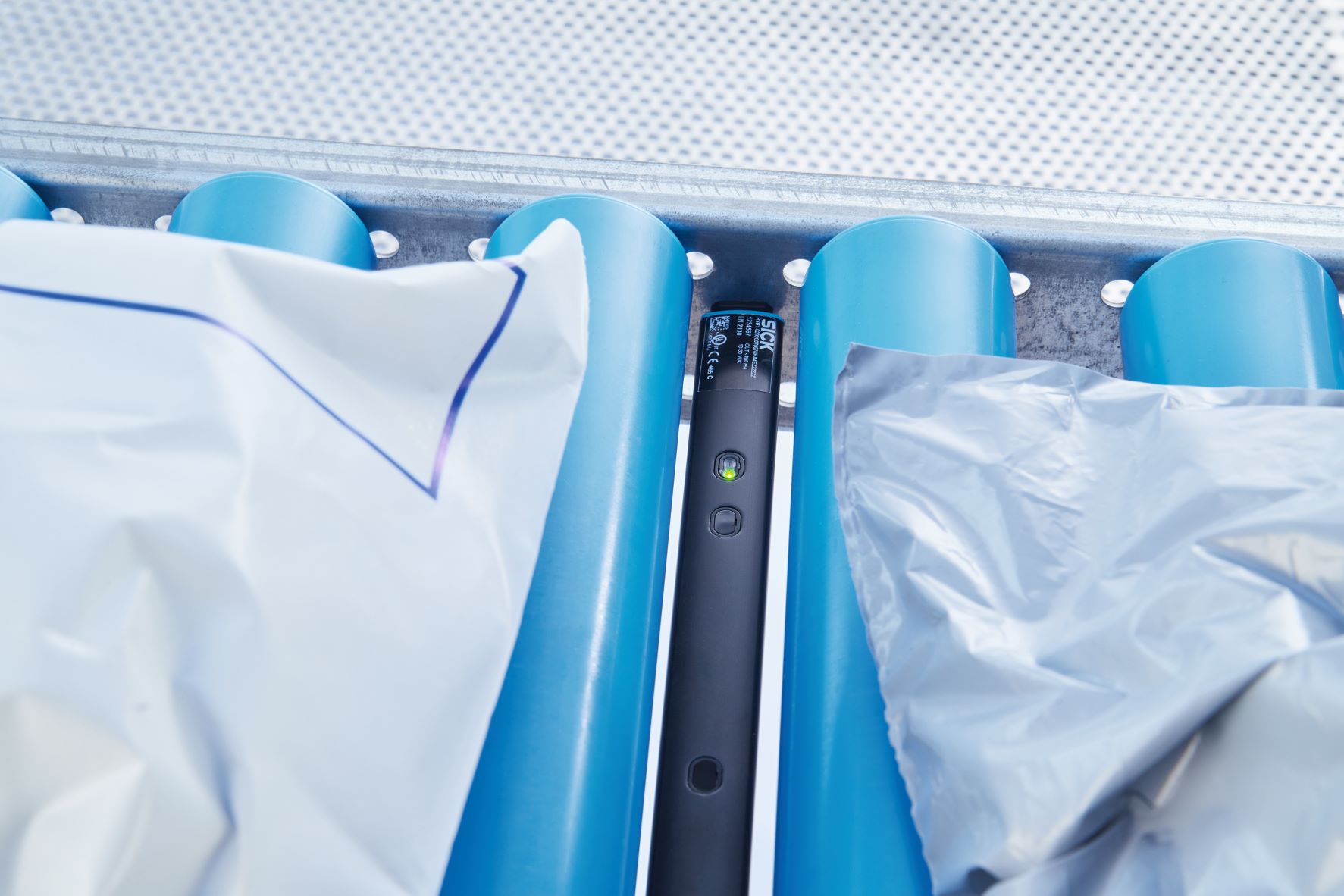When POLI-TAPE required various loading equipment in confined spaces working at heights of up to 12 metres, Hyster supplied a rental fleet of forklifts equipped with driver assistance systems and tracker. The result was transparency and efficiency in POLI-TAPE’s warehouse and production facilities with minimal downtime and damage.
Whether shop windows, vehicles, or textiles, films from POLI-TAPE are used to cover and label a wide variety of surfaces. Products of the family-owned company from the western German state of Rhineland-Palatinate are present in more than 90 countries. At the headquarters in Remagen and in subsidiaries in the USA, France, and Italy, around 400 employees are committed to top quality. They produce films for transfer to textiles, self-adhesive digital printing, and special films for labelling and advertising technology.
Such a product portfolio entails a variety of sensitive materials and complex processes. In addition to the normal Euro pallet, the company moves oversized loading equipment, for double transports or two-metre rolls of film weighing several tonnes. For this variety of tasks, POLI-TAPE was looking for a partner who could cover all transport tasks along the entire supply chain from a single source.
From film to glue to paper, a wide variety of materials arrive in Remagen. Finished products leave the company every day. A shift operation supplies and removes production over 16 hours via seven ramps. 40 forklift trucks maintain the flow of goods; if it comes to a standstill, customers all over the world are waiting for their goods. One of the most critical breaking points in this process is the twelve-metre-high warehouse. If a high-bay or reach truck fails in the narrow aisles, in the worst case one of the lines comes to a standstill. The precisely coordinated orders for films in all possible shapes and colours have to be rescheduled.
Another challenge is the lack of space. 27,000 sq m for storage and production are used up to the last corner. There is no room for space-consuming turning manoeuvres and the number of internal movements is constantly increasing. At peak times, the vehicle fleet moves up to 1,000 fully packed loading units on a single day. Indoors, it is particularly important to drive quickly, yet carefully. Outdoors, forklifts have to negotiate uneven floors to prevent the goods from sliding. Hyster uses its broad portfolio to ensure little transport damage and maximum efficiency.
Equipment
The electrified fleet includes high rack and reach trucks, high speed trucks, pallet trucks and front stackers of the following product ranges:
- S-series pallet trucks with payloads of 1.4 to 2.0 tonnes
- P-series pallet trucks with and without platform for payloads from 1.6 to 3.0 tonnes
- Stand-on/cross-seat pallet trucks up to two tonnes capacity of the RP series
- Customised high rack and reach trucks model R2.5 and C1.5
- Counterbalance trucks with 3 and 4 wheels from the J series
- K Series medium and high lift order pickers
The Solution
Globally successful with a strong local dealer network, POLI-TAPE has found a reliable partner in Hyster. Kowalski Transportgeräte GmbH is one of the 17 local dealers in Germany, Austria, and Switzerland. Together, the two companies developed a comprehensive solution with individually configured forklifts of all classes including fleet management via Hyster Tracker and 24/7 service.
Today, the fleet supports all processes between warehouse and manufacturing with 40 rented Hyster forklifts. To find the right solution, Kowalski held many discussions on-site. Every specific customer requirement was analysed, understood, and implemented in individual configurations. Today, the fleet optimises efficiency in a confined space with maximum comfort for drivers.
Manoeuvrable pallet trucks supply the lines with basic components such as film, glue and paper in the area-efficiently designed production. At the end of the line, suitable forklifts take over the sensitive goods, cut and wrapped, for internal transport to the warehouse. Industrial trucks maintain the steady flow until everything is packed and ready for dispatch.
The process is labour-intensive. Only a few things can be automated. The variety of load carriers need people. Well-trained warehouse workers are hard to find in empty labour markets. Equipment that makes work easier is an important criteria in the job for many. Hyster meets these demands with manoeuvrable vehicles that are easy to control.
Hyster can cover all requirements with more than 140 different models at POLI-TAPE. Among others, small high-speed trucks supply the production. Manoeuvrable pallet trucks bring goods efficiently from A to B. Counterbalance trucks safely take over even heavy and bulky items with the best all-round visibility. Driver assistance systems additionally minimise damage to vehicles and goods. Especially in high-bay warehouses, sensors and cameras facilitate precise storage and retrieval at any height.
The logistics operation gets everything from a single source, including maintenance and service. At an operational level, the fleet manager at Kowalski has a contact person and a permanent mechanic who knows the fleet. In the background is Kowalski’s 18-strong service team, including an in-house workshop, a well-stocked spare parts warehouse, and fast deliveries from the Hyster central warehouse in Nijmegen, the Netherlands, 50km away. There are hardly any breakdowns.
Hyster Tracker brings additional operating efficiency. The telematics solution provides all the necessary data in real-time. For example, the fleet manager recognises critical points in the process and can train drivers in a more targeted manner. Key data helps control predictive maintenance. Before each start, the system has the capability to check whether the driver is sufficiently trained and capable of operating the truck. All necessary checks are carried out via user-friendly displays, which also provide alerts during operation, for example in the event of excessive speed.
“If there is high downtimes, even the best forklift truck is of no use. That’s why we rely on the solid brand-name trucks from Hyster. They are as robust as a Volkswagen with premium service from a single source.”
The Results
Compared to the past, the Hyster fleet has significantly reduced unplanned downtime. Wear and tear on the vehicles and time-consuming transport damage have also decreased. Efficiency has increased. The warehouse staff are more satisfied. The ergonomically designed vehicles not only help protect operators’ comfort and wellbeing, but also relieve the time pressure caused by unnecessary damage.
“With comfortable hand movements and perfect all-round visibility, I can also store and retrieve goods precisely from above,” says a warehouse worker. “The similar handling of all Hyster trucks also makes the changeover easy in the fast-paced daily business.”
POLI-TAPE has completely digitalised its fleet management via the Hyster Tracker. Transparency in fuel consumption and driving behaviour enables targeted improvement measures. Clear key figures in real-time allow for predictive maintenance. For POLI-TAPE, breakdowns have been reduced to a minimum.
“Hyster is the right choice. We have a modular system that meets every need. The units can be optimally adapted to our requirements and individually configured. Service is available around the clock. Unnecessary downtime and dissatisfied employees due to poor equipment are a thing of the past,” said Peter Wieland, Supply Chain Manager of POLI-TAPE Klebefolien GmbH.











